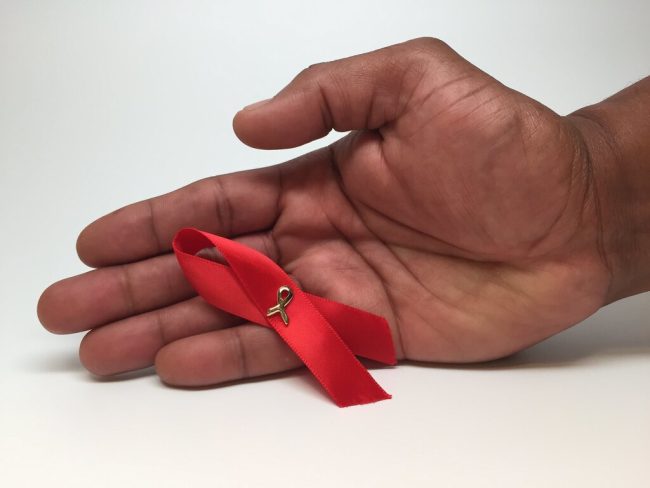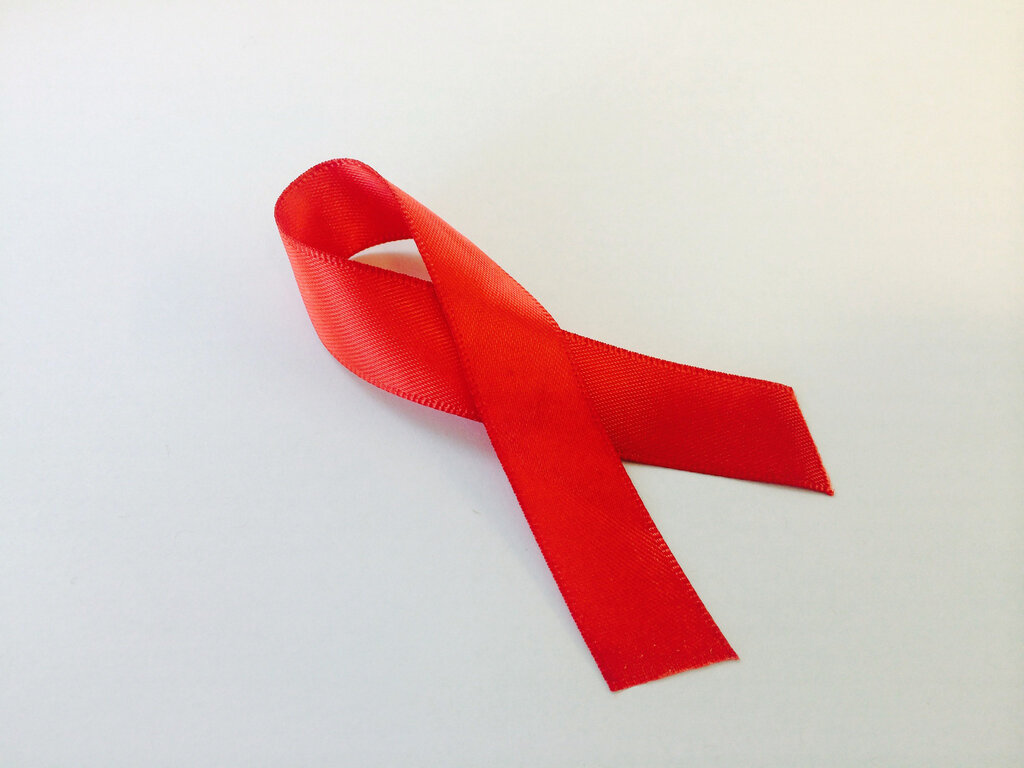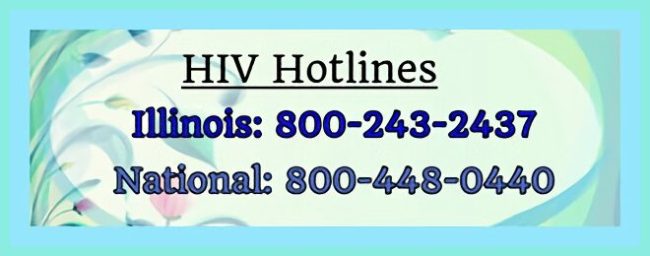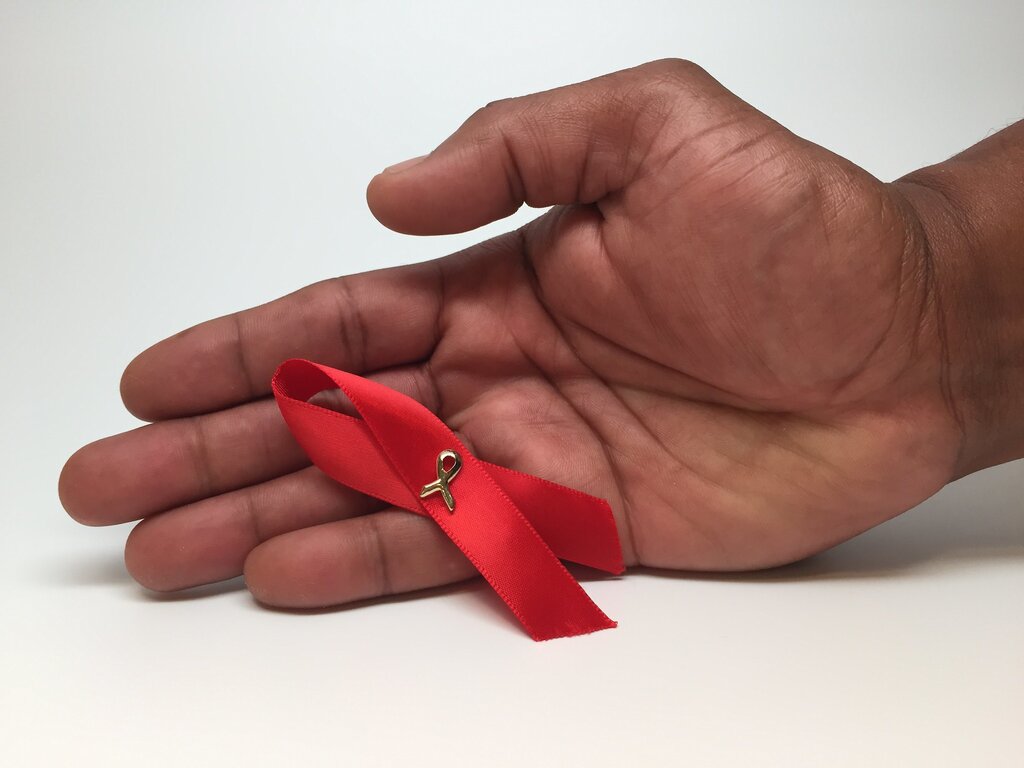|
Getting your Trinity Audio player ready...
|

December 1 marks HIV/AIDS Awareness Month. AIDS (Acquired Immunodeficiency Syndrome) occurs when HIV (Human Immunodeficiency Virus) remains untreated. HIV was declared a pandemic in June 1981 and has claimed approximately 36.3 million lives.
Currently, there is no cure. However, effective treatments such as antiretroviral therapy (ART) prevent the progression of HIV into AIDS and allow people to live healthy lives. In addition, it is possible with consistent treatment to lower a viral load to a level that does not spread the virus.
HIV affects everyone regardless of sexual orientation, gender, race, ethnicity, and age. It is transmitted through contact with these five bodily fluids: breast milk, blood, and rectal, vaginal, and seminal fluids. Contact with blood or these fluids that contain the virus needs to interact with each other to become infected. It does not include contact through everyday interactions such as kissing, hugging, shaking hands, sharing personal objects, food, or water.
Black communities are disproportionately affected in the United States. For example, there is a 48% new diagnosis rate in Illinois, despite Black people accounting for only 14.2% of the population, whereas new diagnosis demographics are lower among Caucasians, 26%, and Hispanics, 19%.

Numerous people who contract the virus may not even be aware that they are infected. They may also be the most infectious before they are aware of their condition.
Symptoms are different for each person; in the initial weeks, symptoms vary. Some feel like they have flu, and most are unaware of their status until the late stages of infection.
Frequent testing can help provide the individual with updates on their status. Some of these tests look for antibodies. However, once the virus adapts to the body, the infection will never clear out on its own. Antibodies can take as long as three months to develop before showing on specific tests.
Prevention is harm reduction, focusing on the use of condoms, sexual practices that reduces the likely hood of the five fluids interaction, access to clean needles, and access to medications such as PREP (Pre-exposure prophylaxis).
Medications such as PREP for HIV can almost effectively prevent contracting the virus if taken as prescribed. In addition, organizations such as Chicago House are providing training for LGBTQ people of color to create accessibility to training against the virus. Despite the seriousness of HIV, with proper care and regular medical treatment, a person can live a normal and healthy life.
Written by Skye Leon
Edited by Cathy Milne-Ware and Sheena Robertson
Sources:
WHO: HIV/AIDS
IDPH: Data and Statistics: HIV Fact Sheets
Images Courtesy of NIAID’s Flickr Page – Creative Commons License




